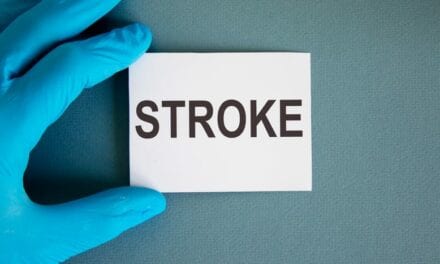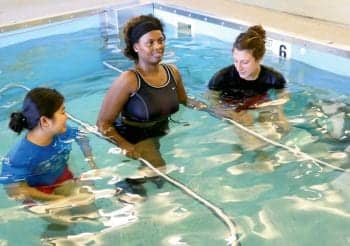According to the American Heart Association, the total direct and indirect costs of stroke in 2008 have been estimated at $65.5 billion.
A new study led by Mayo Clinic, Rochester, Minn, suggests that by building regional systems of stroke care – such as telemedicine – stroke patients anywhere, anytime, can benefit from early evaluation and treatment. In turn, this timely treatment, using clot-busting drugs that have the potential to minimize the effects of stroke for patients, can benefit the nation’s pocketbook as well.
Bart Demaerschalk, M.D., Department of Neurology at Mayo Clinic in Arizona, is principal investigator for the STRokE DOC TIME AZ and Stroke Telemedicine for Arizona Rural Residents (STARR) studies. He and colleagues conducted a cost analysis of stroke centers, telestroke and the effectiveness of rt-PA, the medication used to improve neurologic recovery and minimize long-term debilitating effects in stroke patients.
In his analysis, Dr. Demaerschalk noted that clot-busting drugs, administered to appropriately selected patients, can reduce stroke-related disability and increase their probability of recovery and independence. “Yet a disappointingly low proportion of Americans who experience acute stroke have timely access to stroke expertise and treatment,” he adds.
Dr. Demaerschalk hypothesizes that incorporating telestroke networks into existing stroke models of care in the U.S. (whereby stroke patients in rural communities can be evaluated, remotely, by stroke neurologists) can result in long-term cost savings.
By administering the clot-busting drug to patients in a timely fashion and thus increasing their chances of recovery and returning to their normal activities, long-term cost savings can potentially be realized because of decreased nursing home and rehabilitation costs, according to the study.
In Arizona, it is estimated that historically, fewer than 2 to 3 percent of stroke patients in remote communities have been availed of the clot-busting drug in the approximately three-hour window of time required for the drug to be effective. However, results from the Arizona STARR study of the telestroke programs that are in place indicate that up to 25 percent of patients in participating rural communities benefit from the drug.
The STARR program, which began as a clinical trial in 2007, connects rural hospital emergency rooms with stroke specialists 24/7 via telemedicine at Mayo Clinic Hospital in Phoenix. Using a digital video camera and Internet communication, stroke specialists at Mayo can perform live, real-time audiovisual consultations by observing the patient and evaluating CT scans. The specialist, from a computer, or even a smart phone, can talk to the patient, family and medical personnel at the rural hospital to assess the extent of neurological damage.
Currently, Mayo Clinic Hospital serves as the “hub,” while seven rural hospitals in Arizona link in as the “spokes.”
Dr. Demaerschalk acknowledges that there are increased costs related to administering clot-busting drugs in the short-term because of hospitalization and patient-monitoring activities – as well as significant start-up costs for establishing stroke centers and telemedicine programs.
“More high quality, cost-effective research about stroke centers, stroke networks and telemedicine is needed to inform health care consumers, providers and policy makers about emergency stroke treatment options and use of resources,” advises Dr. Demaerschalk.
Results of the research were published in the July 2010 edition of The American Journal of Managed Care.
(Source: [removed]Press Release[/removed])




